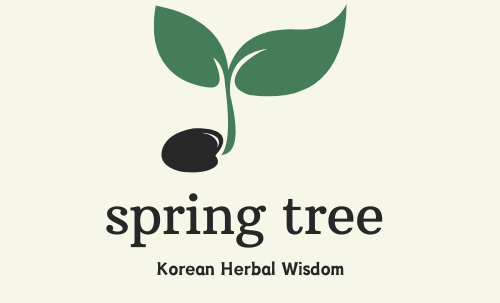Explore the comforting benefits of scallion root (Congbaek), a natural remedy cherished for its ability to ease colds, support digestion, and boost immunity. Learn simple ways to add it to your wellness routine.
"Scallion Root: A Natural Boost for Cold Relief and Digestive Health“
Scallion root, traditionally known as Congbaek in herbal practices, is a gentle yet powerful natural remedy, cherished for its warming effects and immune-supporting properties. Perfect for easing colds, soothing digestion, and revitalizing energy, scallion root is an everyday essential in natural health. This versatile herb is known for treating various symptoms, from chills and digestive upset to a comforting warm-up during the colder months.
Ecology and Characteristics
Scallion root grows as a humble perennial, reaching up to 50 cm tall, with small, dark, triangular seeds. It flourishes from July to September, reaching its peak in October. Common in many regions, scallions are easily accessible, making scallion root an ideal natural remedy for home use. Freshly harvested scallion root is traditionally used for its vibrant properties, which deliver the most benefit when used right after picking.
Medicinal Parts and Harvest Time
For medicinal use, the root is the primary part. The best time to harvest scallion root is from late summer to early autumn when it is at its peak freshness and potency. After harvesting, the outer layers are removed, and the fresh root can be used right away. This herb’s fresh quality makes it incredibly effective as a seasonal remedy.
Properties and Health Benefits
Scallion root has a warm, slightly spicy taste that offers comforting effects for the body. Known to support lung and stomach function, it helps clear and strengthen the respiratory and digestive systems. Its warming properties naturally ease cold symptoms, improve circulation, and support gentle detoxification.
For centuries, scallion root has been a go-to for digestion relief, especially with cold or damp-related discomfort like bloating or abdominal cramping. It’s also used to address “wind-cold” symptoms, which refer to colds caused by exposure to cold, resulting in symptoms like body aches and runny nose.
Scallion root’s gentle detoxifying and antibacterial properties make it useful for minor infections, and it’s sometimes used to alleviate discomfort related to abdominal bloating or roundworm. Additionally, scallion root’s anti-inflammatory effects help reduce minor swelling, and it is often enjoyed for its immune-boosting qualities, especially during seasonal changes or the onset of cold symptoms.
How to Use Scallion Root and Precautions
To prepare a soothing tea with scallion root, take about 3–10 grams of fresh root, add it to 600 ml of water, and simmer until the water reduces by half. Drinking this tea two to three times daily can help ease cold symptoms, stomach discomfort, or digestion issues. Scallion root tea is particularly beneficial in the colder months, warming and comforting the body naturally.
If you have a warm constitution or tend to feel overheated, it’s best to use scallion root in moderation, as it can raise your body temperature. For those with allergies to onions or related plants, it’s always a good idea to check with a healthcare provider before using scallion root.
Conclusion
Scallion root is a simple yet valuable natural herb with comforting effects for overall health. Whether you’re dealing with cold symptoms, digestive discomfort, or just want to give your immune system a natural boost, scallion root can be a wonderful addition to your daily wellness routine. Embrace the warmth and healing energy of scallion root, and let this humble herb support your health with each sip.
